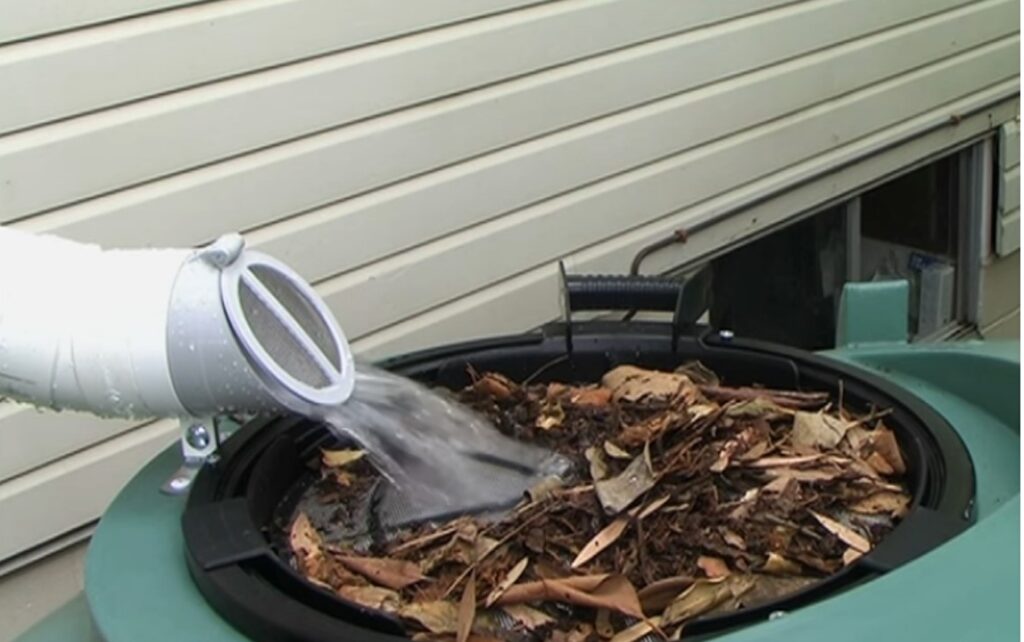
When practicing rainwater harvesting, ensuring consistent, optimal water quality is always ideal. In some applications, such as indoor uses or providing water for animals such as livestock, it is a requirement. Maintaining a steady, high quality rainwater supply will improve the overall health of the system, reduce maintenance needs, and ensure water of the right quality and cleanliness is available for whenever and however it’s needed.
Not using the right tank, equipment, or setup can lead to poor harvesting results, poor rainwater quality, buildup of algae, debris, or sediments. Such scenarios can lead to more maintenance, rainwater that is unpleasant to work with due to being visually unappealing or odorous, and can lead to clogs or blockages in outlets, plumbing or equipment such as water pumps, filters, and nozzles.
This Rain Tanks Series post will outline the top points important in how to ensure consistent, optimal rainwater quality. For more on the practice of rainwater harvesting, review our other Rain Tank Series posts, here.
Rain Tank Color and Tank Type
Rain tank color and tank type is an important point that applies mainly to algae growth in the tank and long-term water quality. On the topic of algae in rainwater harvesting, algae require sunlight for growth. If sunlight can reach the stored water, algae will grow. If sunlight can be entirely blocked, algae will not be able to grow.
Let’s first consider tank type, however, as it also applies color and whether color is even a concern for consideration. Common containers used in rainwater harvesting and water storage include polyethylene plastic above ground storage tanks, underground cisterns, IBC totes, and metal storage tanks.
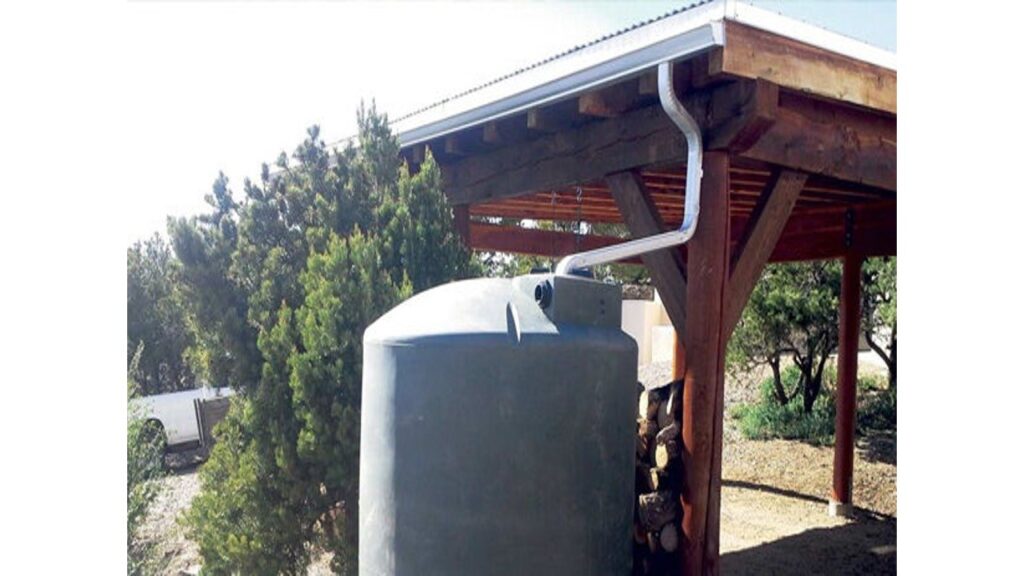
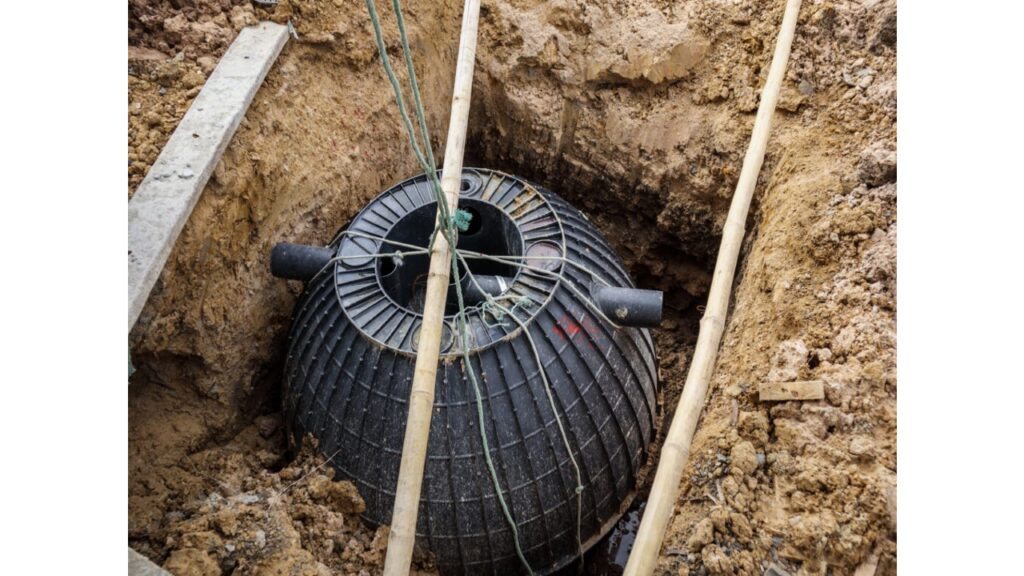
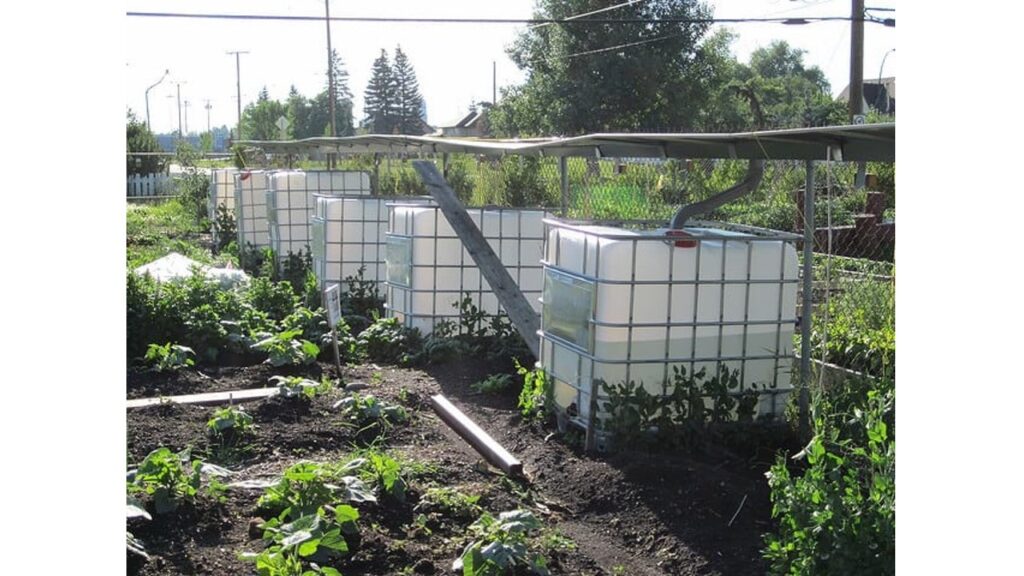

Among these options, only above ground polyethylene tanks and IBC totes have a concern for algae growth if kept outside. Underground cisterns are installed beneath the earth’s surface and are therefore entirely protected from sunlight exposure — this means algae will not grow in an underground cistern. Metal storage tanks are thick-walled, completely opaque tanks that will prevent algae growth.
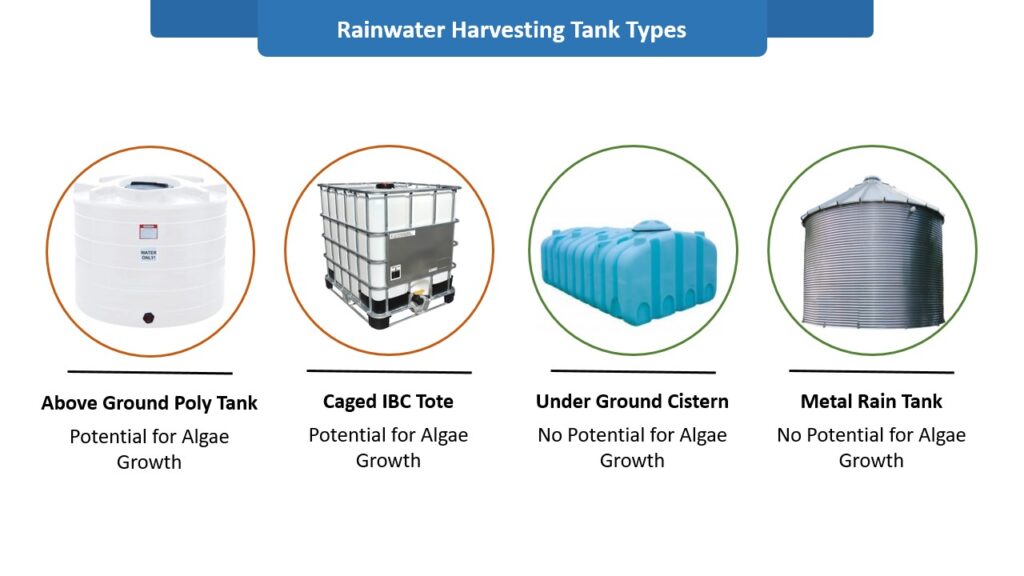
Polyethylene plastic above ground rain tanks and plastic IBC totes are naturally translucent and white in color. A translucent container allows sunlight to pass through the tank wall and algae will be able to grow. For plastic rain tank options, tank color becomes important. The commonly used caged IBC tote is not available in different colors and other means are often necessary to prevent algae.
To limit the growth of algae in an outdoor polyethylene rainwater storage tank, dark colored tanks are best. Most dark colored tanks are naturally opaque by design due to the pigments added to change the color of the tank. Common rain tank color options include black, green, brown, blue and red. Water tanks listed with sun-shield or with light-blocking technology are superior, premium options specially made to restrict sunlight, specifically for algae prevention.
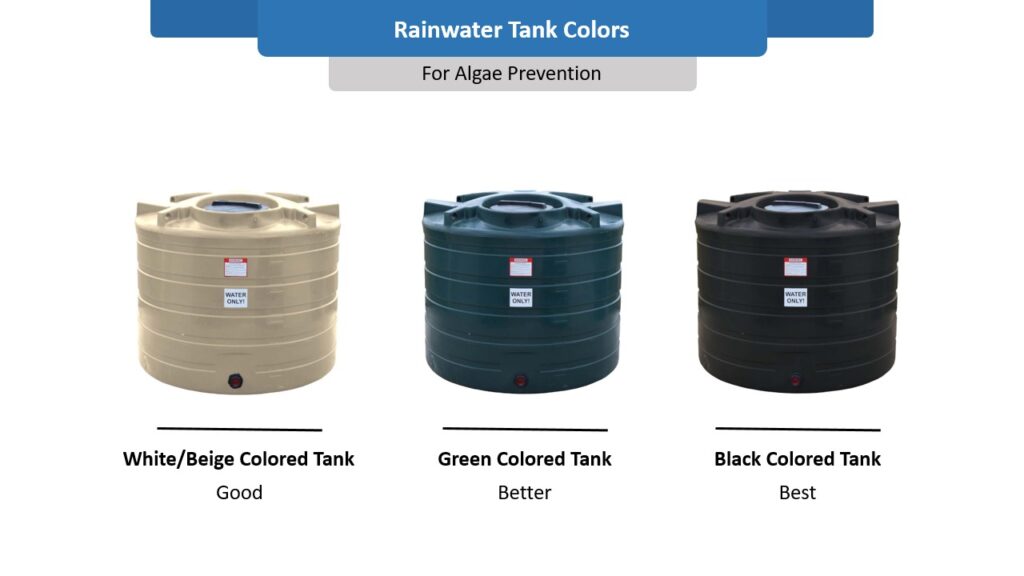
Rainwater Harvesting Accessories
Rainwater harvesting accessories are an essential part of any successful rain harvesting system and to ensure optimal, consistent rainwater quality. Rain harvesting accessories are used to remove debris and to divert and flush away what may be dirty, contaminated rainwater. Common, recommended and effective rainwater accessories for cleaner water include downspout filters, first flush diverters, and tank screens.
Without these accessories, anything on the roof that gets washed with the rainwater can end up in the rain tank. This can include plant matter such as leaves, sticks, pine needles, seeds, etc., insect and animal matter such as feces, feathers, dead organisms, etc. Over time, the accumulation of these materials can lead to mold, fouling water from decaying matter, encourage algae, bacteria blooms and growth resulting in the buildup of scum and biofilm. In time, this can increase the amount of sediment in the tank, can cause clogs, and reduce water quality. This can, collectively, make rainwater unpleasant to look at, smell or use, will increase the frequency of maintenance required to keep a clean tank, and — the most important part — can largely be avoided or improved through the use of rain harvesting accessories.
- Downspout filters, also known as leaf eaters or rain heads, install within a downspout and use a fine mesh screen to remove larger debris from rainwater washed from the roof. The leaf eater serves as a first line of defense in removing debris.
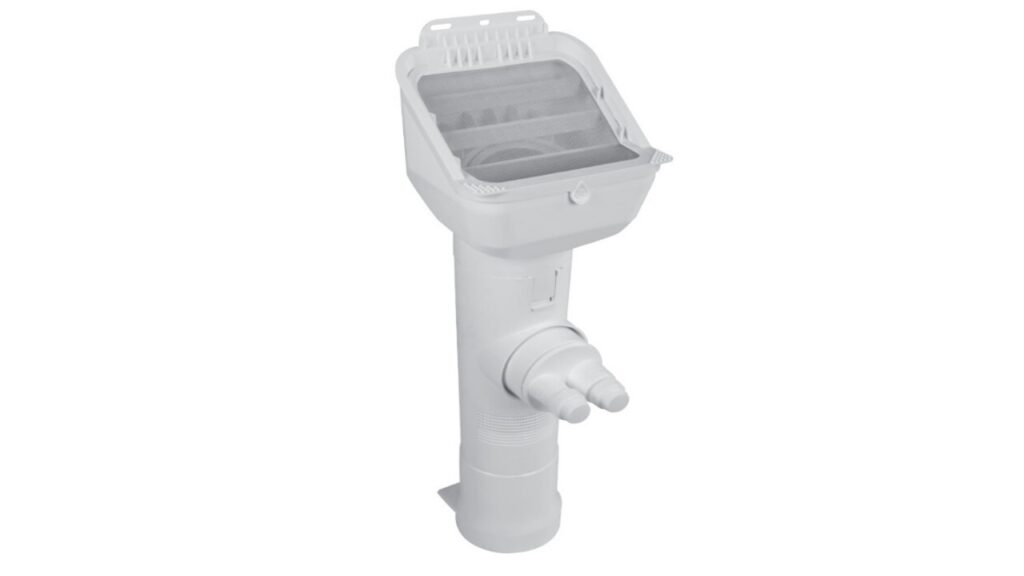
- Recommended to be used with and installed after a leaf eater, the first flush diverter collects some of the first rainfall for discard, keeping it out of the tank. The first rainfall from a roof is often the dirtiest as it washes the roof of whatever has accumulated from the last rainfall; this is why a first flush is also known as a roof washer.
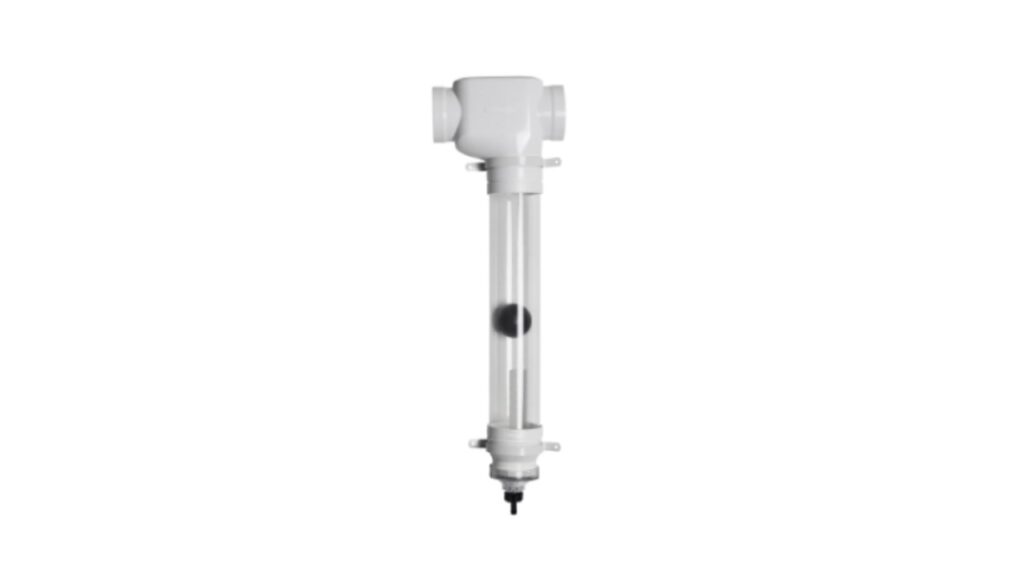
- Tank screens are simple, easy to install, and effective fine mesh screens made for catching larger debris immediately before it can reach the rain tank. The tank screen installs directly in the tank manway. The tank screen design allows sunlight to enter through the top of a rain tank and is therefore best used together with a tank screen cover or sunshield.
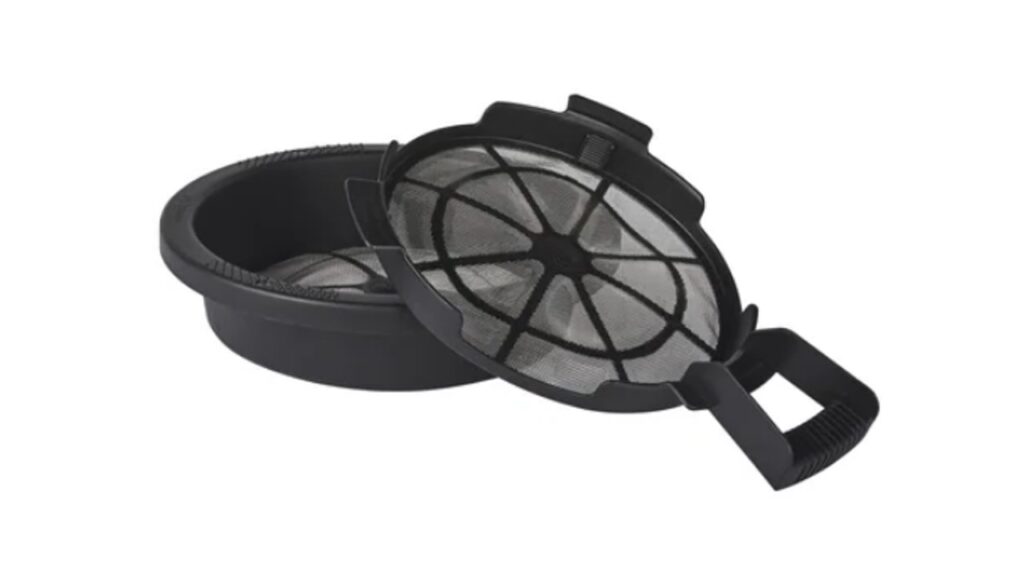
Both the leaf eater and tank screen are only effective in removing larger debris. They cannot remove contaminants that may be dissolved or suspended in the rainwater and that are smaller than the fine mesh screen of the accessory. Examples include animal feces, pollen, dirt, dust, and any potential chemicals. Only the first flush diverter can be successful in removing such contaminants before it reaches the collection container. Filtration and treatment will be necessary to remove such contaminants after collection.
The Roof or Catchment Area
The roof used in rainwater harvesting, also known as the catchment area, is the main location for debris and contaminants that can be washed with rainwater into the collection container. There are only a few, yet fairly significant, ways to improve a catchment area so as to improve harvested rainwater quality.
First, cut back or remove vegetation that is near to or that overhangs the catchment area. Removing nearby vegetation will reduce the amount of plant debris that makes it on the roof from wind, storms, etc. and can also reduce the amount of animal activity.

Second, and if possible, use a catchment area made from metal rather than asphalt shingles. Metal roofing washes and cleans easier, will not contribute any debris of its own, and is more resistant to the growth of moss or mold compared to asphalt shingles.
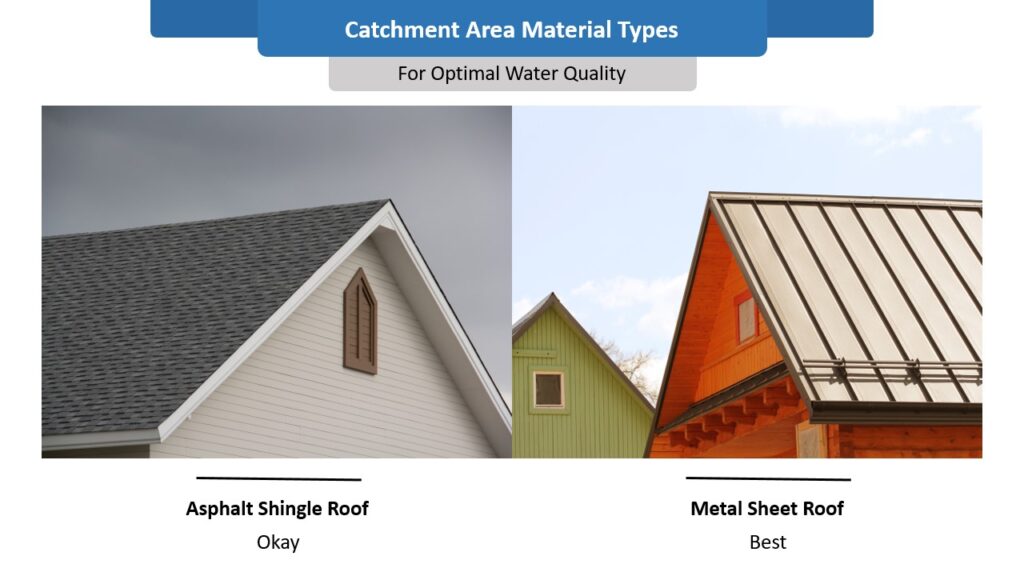
Third, regularly clean your catchment area and gutters or have them professionally cleaned. Keeping gutters clean will reduce the amount of debris washed down downspouts and that will need to be removed by accessories such as a leaf eater or tank screen, improving overall system efficiency, effectiveness, and quality. Gutters that are excessively dirty may not work properly and rainwater may instead spill over and not reach the collection container for storage.
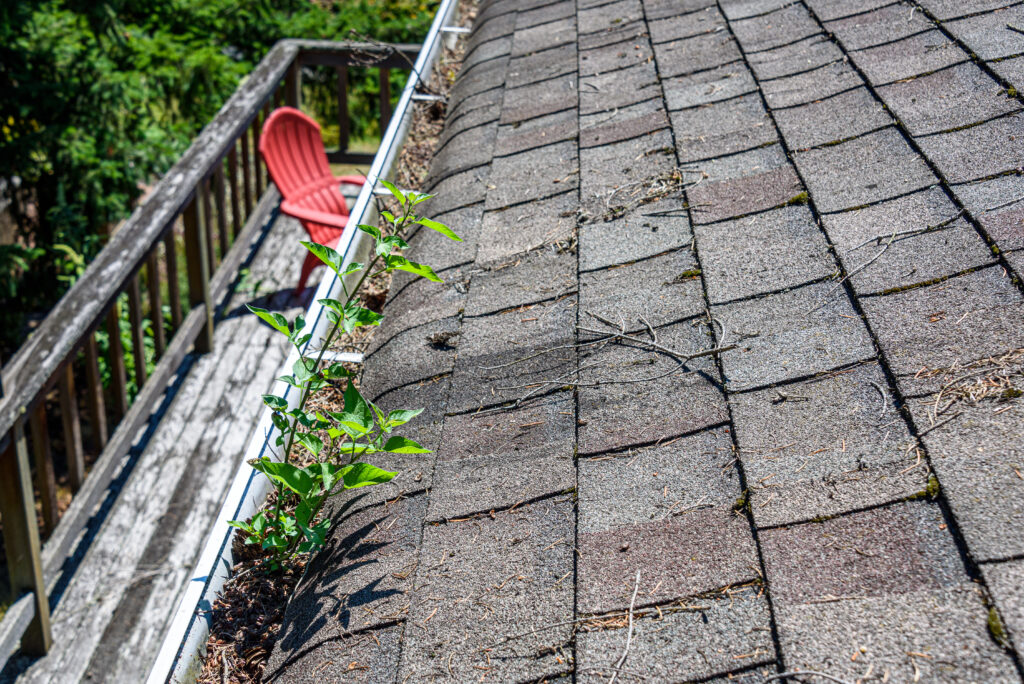
Keep the Tank Closed
Keeping the rain collection container closed is an important point to maintain the quality of harvested rainwater as well as consistency. A closed rain tank will help limit the amount of sunlight that can reach inside the tank, will prevent any debris from failing in from weather or wind, and will ensure animals and insects cannot reach the water inside the tank.
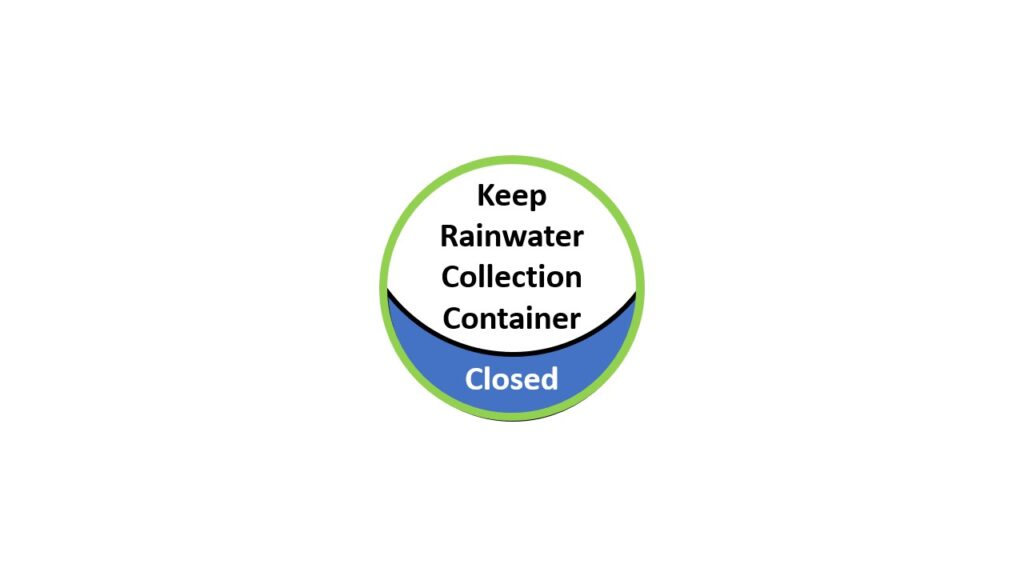
Preventing animal and insect access is a vital point to rainwater quality. Animals drinking from your rain tank can affect its quality and may even drown if they were to fall in. Finding a drowned bird, squirrel, raccoon, cat, or chicken in your rain tank is both an unfortunate and unwelcome event that can entirely impact your rainwater stores and often requires a full system restart with draining and cleaning.

Insects such as mosquitoes will aptly breed in a rainwater tank if they can access it. Mosquito larva and a burgeoning mosquito population are unquestionably undesirable. Mosquito prevention is both a necessary and responsible measure for all rainwater harvesters.

Using a tank screen cover can help keep a rain tank closed while still allowing rainwater flow and a tank screen to be used. Any other opening or open port, such as an overflow, should include a fine mesh screen such as a flap valve to prevent pest access.
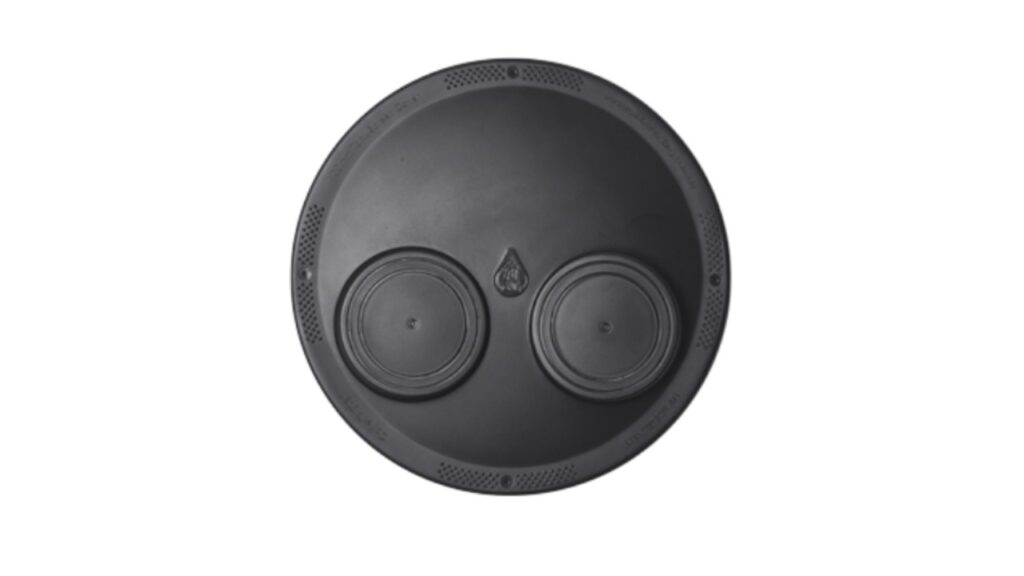
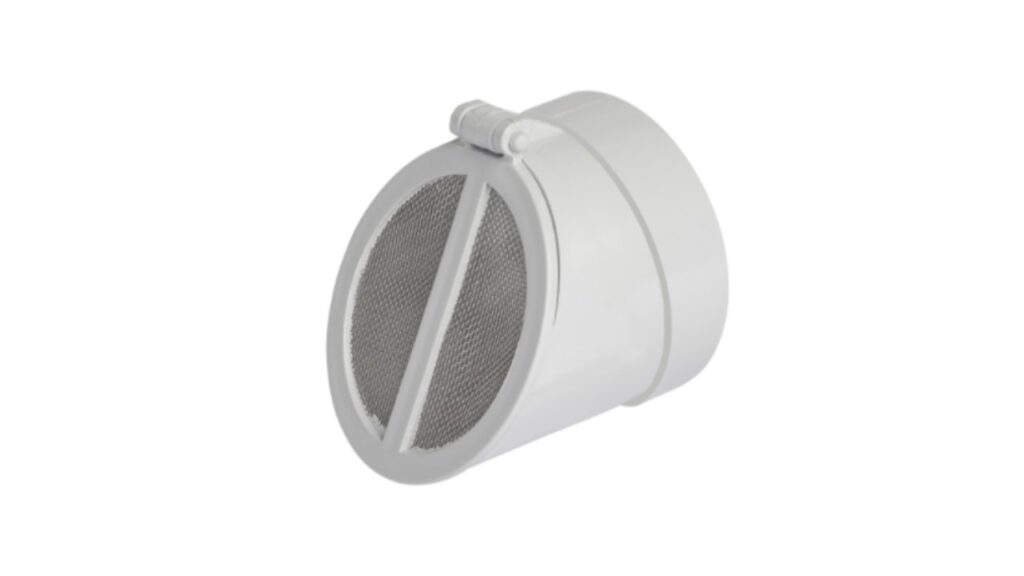
Allow Tank to Breathe
While it is important to keep the rain tank closed, it is also important to allow the tank to breathe by not being completely sealed and airtight. Allowing a rain tank to breathe will help to prevent the water from going stale and reduce the chance of stagnation. This can be done through the use of a vented manway, vented lid, by using a designated vent line for an underground tank, or through the tank overflow.
Use a Tank Overflow
For total rainwater quality, a properly installed tank overflow is important on two main points. The first is to provide a place for excess rainwater to go when the collection container is full. An overflow is designed to discard extra rainwater. Without an overflow, extra rainwater will flood out of the container’s manway or fill point. This can lead to pooling of water on top of the container. Any pooled, standing water can provide a place for animals to drink, birds to bathe, and insects to breed, all of which can impact the quality of the stored rainwater. This should be avoided and can be avoided with a tank overflow.
The second point: if the part of the tank overflow inside the container is positioned upwards, the overflow kit can effectively skim and remove any solids that may be floating on the water in the container. An additional important note, all tank overflows should be set up to discard excess rainwater away from the base of the collection container to prevent potential erosion around the foundation.
Use Filtration Units, UV Light Treatment and/or Chemical Treatment
When paired with the above points, using filtration units, UV light treatment, and/or chemical treatment are the most effective means to ensuring a consistent rainwater supply that is of the highest quality. With the right equipment and when used together, the result can be pure, clean water that is safe to drink — and if properly and regularly maintained, this result can be reliably consistent.
A water pump will be necessary to use a filtration unit or a UV light treatment system. Common filtration units are a two-stage or three-stage cartridge filter with a large sediment filter and fine screen filter rated down to a 4 or 5 micron pore size. An activated carbon filter is also recommended. Adding chlorine is a common chemical treatment method used to purify harvested rainwater. Chlorine, most often in the form of bleach, can be directly added to a rainwater tank to kill pathogens that may be present.
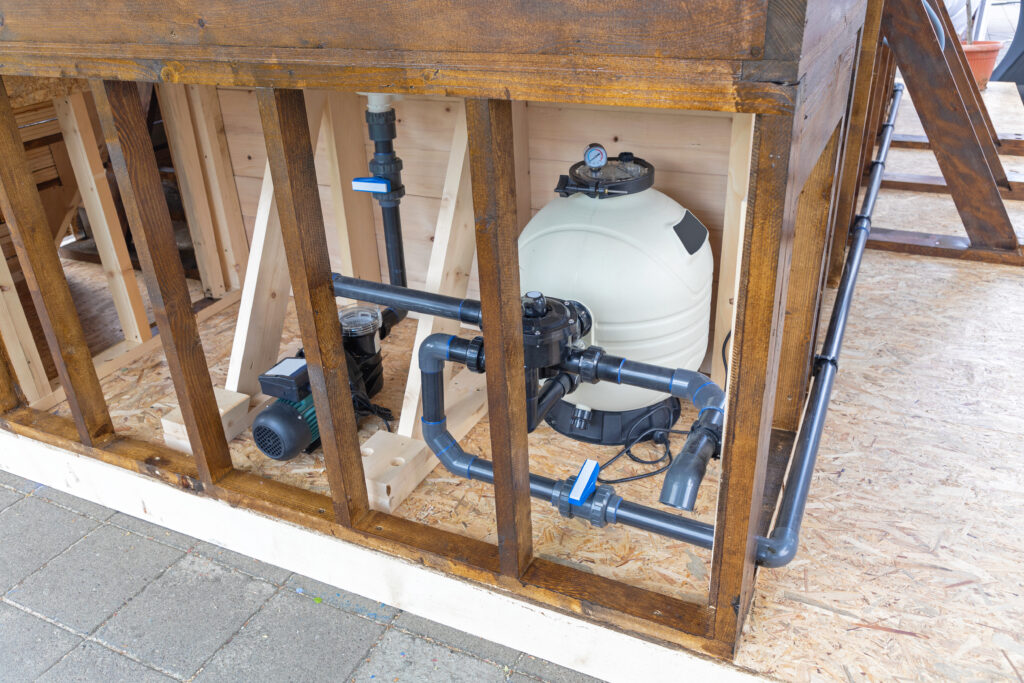
Takeaway | How to Ensure Consistent, Optimal Rainwater Quality
Ensuring consistent, optimal quality water collected from rainwater harvesting is a collective effort of selecting an ideal tank type, using the best tank color, installing rainwater accessories, proper tank setup, roof maintenance, and using treatment options if desired. With a well-designed, well-maintained rainwater system, having consistent, quality water should be a reliable expectation, and one you can feel proud of and confident in.
If you have any questions about implementing your very own rainwater harvesting system or help in selecting the right equipment for your setup, contact us.